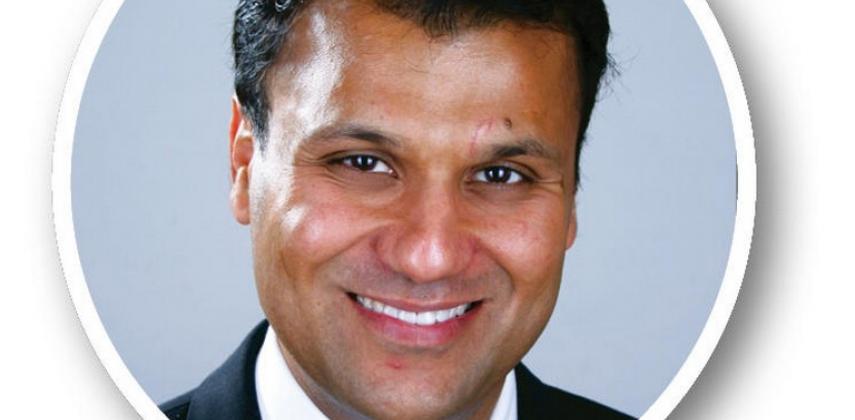One of the most vexing issues in merger integrations is how to manage staff transfers to drive deal goals. Clients often wonder if there exists a magic bullet. What aspects should they focus on in executing this critical step?
The first thing to realise is that no staff transfer exercise is simple. You must plan and prepare very thoroughly. There are three main areas that are especially vexing and critical to successful staff transfers: rewards and performance expectations, culture alignment and workforce optimisation.
Aligning rewards and performance expectations is a critical driver. For instance, in managed-services deals, it is critical that the transferring employees accept the new offer and join the company for the deal to be successful. Compensation has a major part to play in that.
Our research indicates several strategies that should be executed at the negotiation stage. The first is to categorise employees in groups based on performance, potential and skill criticality, and design a differentiated reward approach for each.
Second, if as the transferee firm you have different legal entities with different reward programmes, leverage that in order to drive the best compensation fit. This strategy will help minimise any adverse impact and differentials between new and existing employee rewards.
The third strategy is to conduct due diligence to ensure that the target company has not increased compensation just before the deal. Negotiate hard based on your employee criticality categories.
Finally, remember to carry out an unambiguous performance expectation setting and use performance incentives as the mechanism to address issues or harmonise total pay levels.
Cultural alignment is the second main area and unsurprisingly a critical point. However, this can be addressed and the best clients have a few tricks up their sleeve to recommend.
You must differentiate between operating and organisational culture gaps. The former are differences embedded in the operating processes of the two organisations, involving anchors such as performance orientation and standardised process. This is opposed to flexibility, centralisation versus decentralisation, decision-making protocols, speed of decision-making, or talent-buying versus a build philosophy.
In our experience, the issue often lies more in the operating culture differences. We recommend running a structured operating culture alignment programme. This involves conducting future-state-desired culture articulation, a current-state audit and gap analysis, articulating "non-negotiable" priorities, and drawing up a prioritised time-bound action plan, with a maximum of four immediate initiatives. Remember that this is an ongoing process and that it is advisable not to bite off more than one can chew.
Most vitally, implement the plan with a "non-negotiable" approach to offer clarity of direction and intent that is instrumental as you propagate a new desired culture.
Workforce optimisation, the third main area, is perhaps the hardest reality in many transactions where efficiencies or cost synergies are a major rationale in the deal. The key here is to evaluate the geographies from a "growth" or "mature" market perspective.
Redundancies are an inevitable truth in mature markets, where cost pressures are a prime focus. Best practices involve identifying a phased plan of six months to a year to allow a full knowledge transfer from exiting employees.
In conclusion, people transfer is typically a huge change initiative, for the employees impacted and the organisations themselves. Though these are complex and vexing issues, there are some tried and tested strategies that can manage this risk well and ensure smooth process, while driving the deal strategies and goals.
Sharad Vishvanath is a Partner and Asia Pacific Head of Aon M&A Solutions, with over 17 years’ experience in the consulting field. Aon is a global provider of risk management services, insurance and re-insurance brokerage, and HR solutions, with over 65,000 staff in more than 120 countries.


